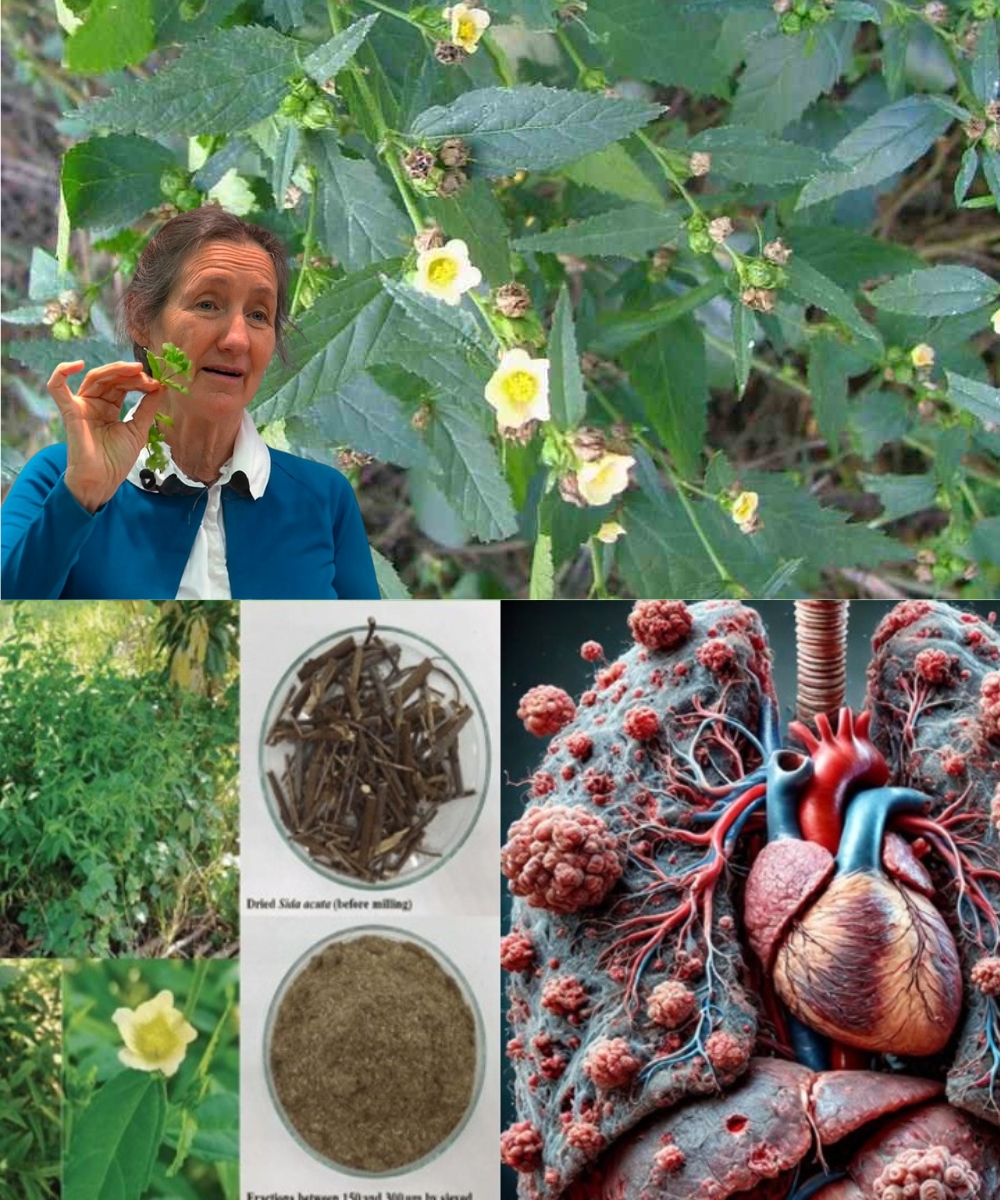ADVERTISEMENT
### **3. Grass in the Diet: Nutritional Powerhouses**
While many people think of grass as something to mow down, several grass species are edible and packed with **nutrients**. These grasses have been used for centuries as a source of food and nutrition, particularly for their ability to provide **fiber**, **proteins**, **vitamins**, and **minerals**.
#### **Wheatgrass**
Wheatgrass, harvested early from the wheat plant, is a nutritional powerhouse. It is a rich source of **chlorophyll**, which helps detoxify the body and is also loaded with essential **amino acids**, **vitamins**, and **minerals** like **vitamin C**, **vitamin A**, **iron**, and **magnesium**. Wheatgrass is often consumed in the form of juice or powder, offering a natural boost to the immune system and promoting overall vitality.
Many health enthusiasts and **juice cleanses** include wheatgrass in their regimens due to its ability to enhance energy levels, improve digestion, and detoxify the body.
#### **Barley Grass**
Similar to wheatgrass, **barley grass** has been used for centuries in various cultures due to its **health benefits**. It is an excellent source of **dietary fiber**, **antioxidants**, and essential **minerals**. Barley grass can help regulate **blood sugar levels**, improve **digestion**, and boost overall health by supplying the body with a range of nutrients.
Barley grass is particularly popular among those looking to manage weight and maintain **gut health**, as it helps to regulate metabolism, balance hormones, and promote healthy digestion.
#### **Other Edible Grasses**
While wheatgrass and barley grass are the most commonly used edible grasses, there are many other varieties of grass that have **nutritional** value. **Ryegrass**, **oatgrass**, and **bluegrass** are all edible and can be used in various **health drinks** or **smoothie blends**. They contain beneficial nutrients such as **B-vitamins**, **fiber**, and **minerals** that support overall **health and wellness**.
—
### **4. The Power of Grass as a Sustainable Resource**
In today’s world, sustainability and eco-conscious living have become more important than ever. Grass plays an essential role in promoting a more sustainable future, thanks to its ability to **prevent soil erosion**, **sequester carbon**, and help balance ecosystems.
By embracing the power of grass, humans can develop **sustainable farming practices**, **restore degraded land**, and reduce reliance on chemical-heavy agricultural techniques. Grass offers a natural solution to some of the world’s most pressing environmental challenges, making it an unassuming yet powerful ally in the fight for a greener planet.
—
### **Conclusion: A Remarkable Resource Beneath Our Feet**
The humble grass, often overlooked and dismissed as a nuisance, has proven itself to be one of nature’s most versatile and powerful plants. Whether it’s protecting the environment, supporting our health, or promoting sustainability, grass offers an astonishing range of benefits that we are just beginning to understand and appreciate.
From **healing properties** to **nutritional benefits** and its role in **environmental protection**, grass
is a remarkable resource that has been present in our lives for centuries, often without us realizing its full potential. So, the next time you look at the grass beneath your feet, remember that it’s not just a simple ground cover — it’s a **powerful gift from nature**, waiting to be appreciated for all it offers.
